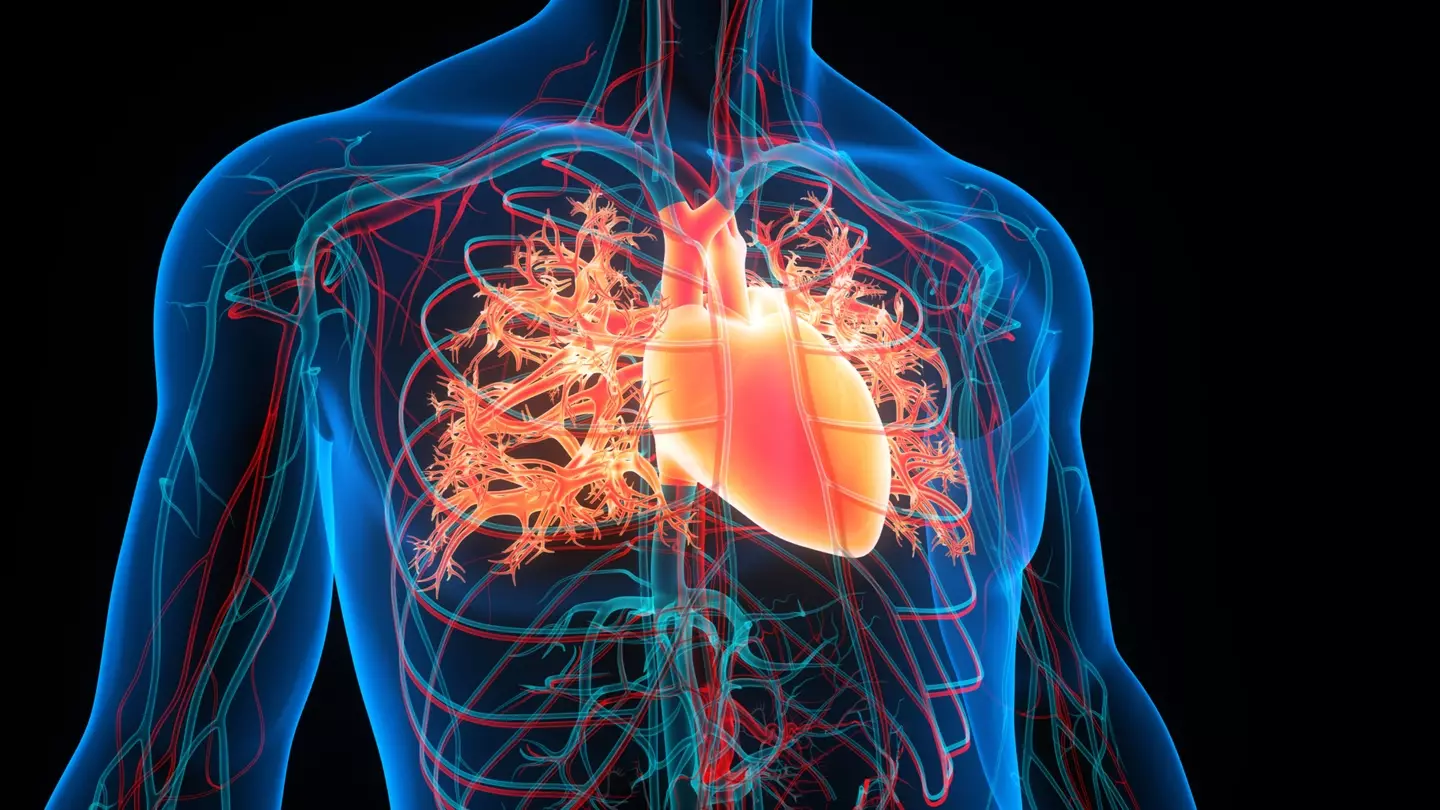The family of former Vice President Dick Cheney has disclosed the circumstances surrounding his passing in a recent statement.
Cheney, aged 84, passed away on Monday, November 3, with his wife and two daughters by his side. He was the 46th vice president, serving two terms under Republican President George W. Bush from 2001 to 2009.
In his later years, Cheney, who was initially a Conservative, showed support for Democrat Kamala Harris in the 2024 election. He became a controversial figure when he criticized Donald Trump, labeling him a ‘coward’ following Trump’s response to his 2020 election loss, which led to the January 6 Capitol riots.
According to his family, Cheney’s death resulted from “complications of pneumonia and cardiac and vascular disease.”
In 2012, Cheney underwent a heart transplant, which he referred to as giving him “the gift of life.”

Vascular disease affects tens of millions in the United States and involves any condition that impacts the circulatory system, including arteries, veins, capillaries, and lymph vessels.
This condition can impact any area of the body, potentially leading to severe issues like stroke, heart attack, or limb loss, often progressing silently until symptoms become serious. Vascular conditions may be inherited or arise from lifestyle choices.
The Cleveland Clinic notes that vascular issues are usually caused by plaque, composed of fat and cholesterol, impeding or obstructing blood flow within the arteries or veins.
Vascular disease is prevalent in the U.S., particularly among individuals who are overweight, diabetic, or smoke. Peripheral artery disease and carotid artery disease are its most common forms.

Peripheral artery disease results from plaque accumulation narrowing arteries and lessening blood flow to the legs or organs. Carotid artery disease involves narrowing the neck arteries that supply the brain, raising the risk of stroke.
Other forms of vascular disease include aortic aneurysm, which is a bulging of the aorta that might rupture, and fibromuscular dysplasia, which involves abnormal artery wall growth leading to narrowing or aneurysms.
Venous diseases, such as varicose veins, chronic venous insufficiency, and deep vein thrombosis (DVT), affect blood return to the heart. Lymphatic diseases, like lymphedema, involve fluid accumulation due to damaged lymph vessels.

Inflammatory vascular diseases, such as vasculitis, cause inflammation of the vessel walls, which can limit blood flow or induce aneurysms.
While plaque accumulation is the leading cause of vascular diseases, other contributing factors include high cholesterol, high blood pressure, and smoking or tobacco use. Diabetes, genetic predispositions, inherited clotting disorders, injuries, infections, or certain medications can also play a role.

